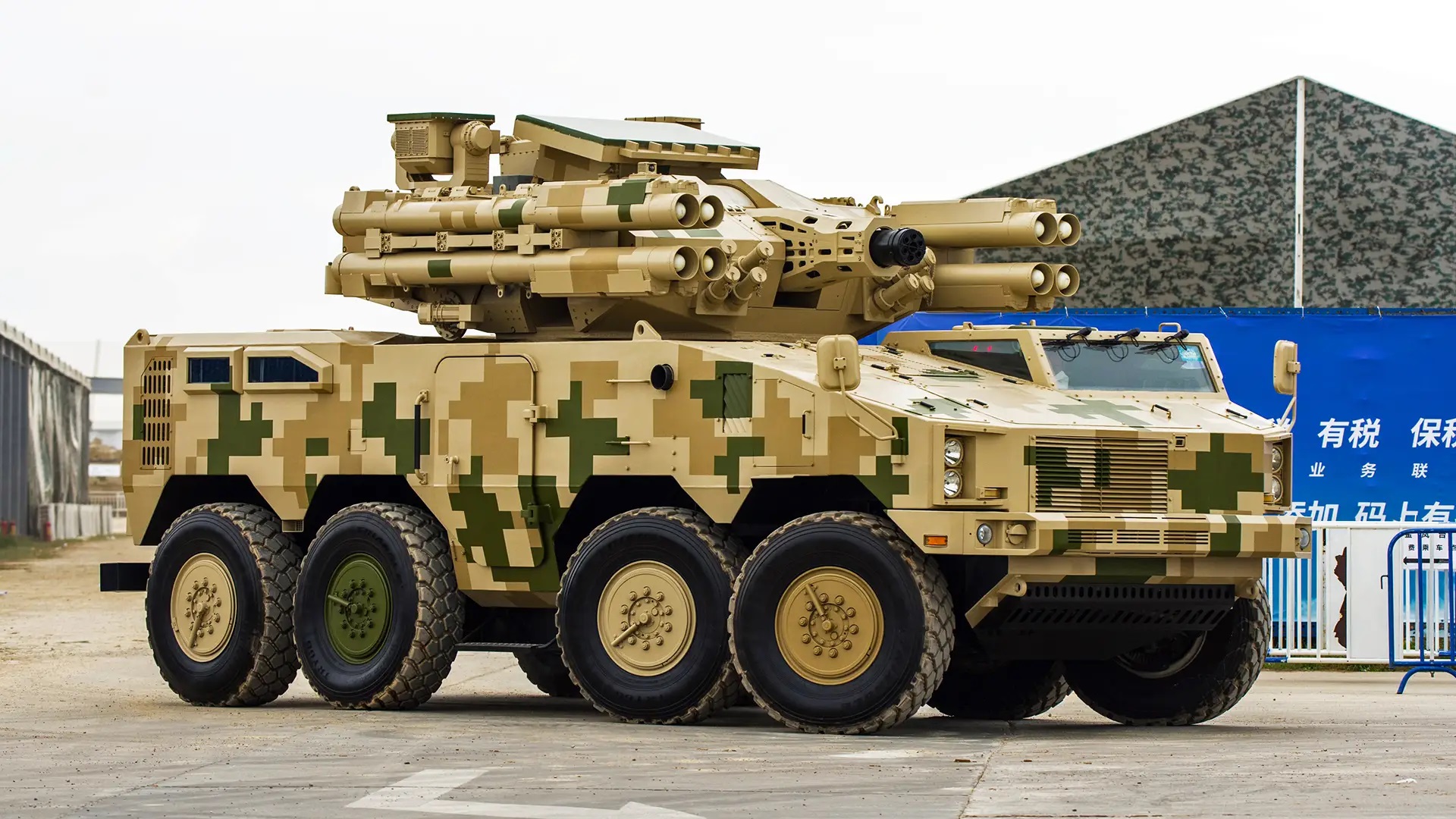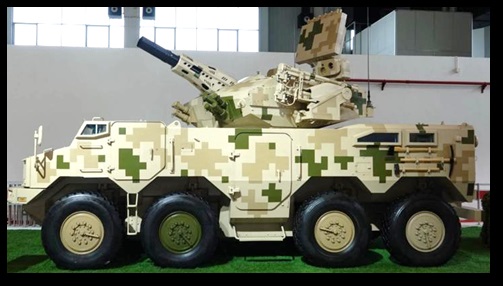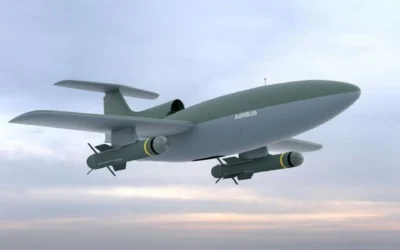RAFNAR Hellas has announced the official opening of its new state-of-the-art shipyard and headquarters in Lavrio, along with a…

China’s People’s Liberation Army (PLA) is focusing on strengthening its air defences against tactical unmanned aerial systems, according to a new Pentagon report.
The threats Beijing is considering are loitering munitions, also known as “kamikaze drones”, and other small UASs, which have been prominently witnessed on battlefields in Ukraine and around the world, including the USA.
“The PLA’s air defence units in 2022 focused on improving air defence against low-altitude and slow threats such as unmanned aerial vehicles (UASs) and surface-to-air munitions to address evolving air defence requirements,” the Pentagon’s latest annual report on Chinese military capabilities, which was made public last Thursday.
“Hybrid self-propelled air defence systems, artillery, small electronic warfare (EW) systems as well as man-portable anti-aircraft missiles (MANPADS) are at the core of the PLA’s evolving solutions to counter tactical UASs.”
Also read: Northrop Grumman | CBAD – Multilayered air defence with new-generation anti-aircraft projectiles
As an example of the development of Chinese technology to counter low-altitude air threats, the Pentagon report noted that the PLA’s combined arms brigades are being equipped with platforms featuring six-barreled 25 or 30mm Gatling guns, which can use programmable Airburst munitions and carry four FN-16 man-portable anti-aircraft missiles mounted on the turret.
 Chinese air defence system CS/SA5 with a six-barreled 30 mm gun (Gatling Gun) ©Sino Defense.
Chinese air defence system CS/SA5 with a six-barreled 30 mm gun (Gatling Gun) ©Sino Defense.
In addition to self-propelled systems designed to counter threats using anti-aircraft cannons and/or missiles, the Chinese military is also developing electronic warfare tools that could potentially intercept these threats.
During 2022, the PLA continued to emphasize the fielding and application of modern EW capabilities designed to maximize combat effectiveness by detecting and jamming/disrupting enemy communications, command and control (C3) as well as the use of tactical intelligence, surveillance and reconnaissance (ISR).
Also read: MBDA | SPEAR – EW moves to the next stage
Alongside the field of electronic warfare (EW) capabilities of the combined arms brigade, PLA air defence forces have rapidly developed new electronic attack capabilities that will complement conventional air defence and support the anti-access/area denial (A2AD) mission across China, according to the Pentagon report.
The Chinese military is not the only one trying to improve its defences against tactical UASs. The US Department of Defence is also concerned about these types of threats and is developing new tools.
Washington has also provided a number of anti-drone weapons to Ukraine to help it counter Russian attacks.
At the same time, both China and the US are trying to modernize their drone fleets. However, advanced small UASs are increasingly appearing in both military and civilian applications, with Chinese industry remaining a key exporter of UASs and components of all sizes,” according to the Pentagon report.
Beijing has also made leaps and bounds in the past 3 years, introducing the Xianglong drones and the hypersonic WZ-8 UASs as well as the GJ-11 stealth drone.
“In these concepts, Chinese developers are demonstrating an interest in additional growth beyond ISR and EW into both air-to-air and air-toground combat, with a substantial amount of development displaying efforts to produce swarming capability for operational applications”
With information from: DefenseScoop
READ MORE
IVECO DEFENCE VEHICLES – METLEN | Strategic Alliance for the Hellenic Army’s Military Truck Fleet Modernisation
METLEN and Iveco Defence Vehicles (IDV) have signed a Memorandum of Understanding (MoU), establishing an exclusive collaboration…
Prisma Electronics | Delivery of the First Systems for the FDI Frigates
Prisma Electronics has successfully delivered the first systems for the FDI frigates, having passed all rigorous acceptance…
HCDI | The Programmatic Horizon of Research and Development Projects for 2025
The Hellenic Defence Innovation Center (HCDI) announced its Programmatic Horizon of Research and Development Projects for 2025, which…
RAFNAR Hellas | New Shipyard in Lavrio, Expansion in Keratea, and New 62-Foot Vessel
RAFNAR Hellas has announced the official opening of its new state-of-the-art shipyard and headquarters in Lavrio, along with a…
IVECO DEFENCE VEHICLES – METLEN | Strategic Alliance for the Hellenic Army’s Military Truck Fleet Modernisation
METLEN and Iveco Defence Vehicles (IDV) have signed a Memorandum of Understanding (MoU), establishing an exclusive collaboration…
Prisma Electronics | Delivery of the First Systems for the FDI Frigates
Prisma Electronics has successfully delivered the first systems for the FDI frigates, having passed all rigorous acceptance…
Massive Ancient Greek Defensive Wall Unearthed in Croatia
An ancient Greek defensive wall, dating back at least 2,000 years, has been uncovered near the Adriatic coast of Croatia, the…
Airbus | Demonstration of LOAD Against Kamikaze Drones
At the “Unmanned Systems X” trade show held in Bonn, Germany, on 25-26 March, Airbus introduced its new unmanned air defence system, LOAD.
















